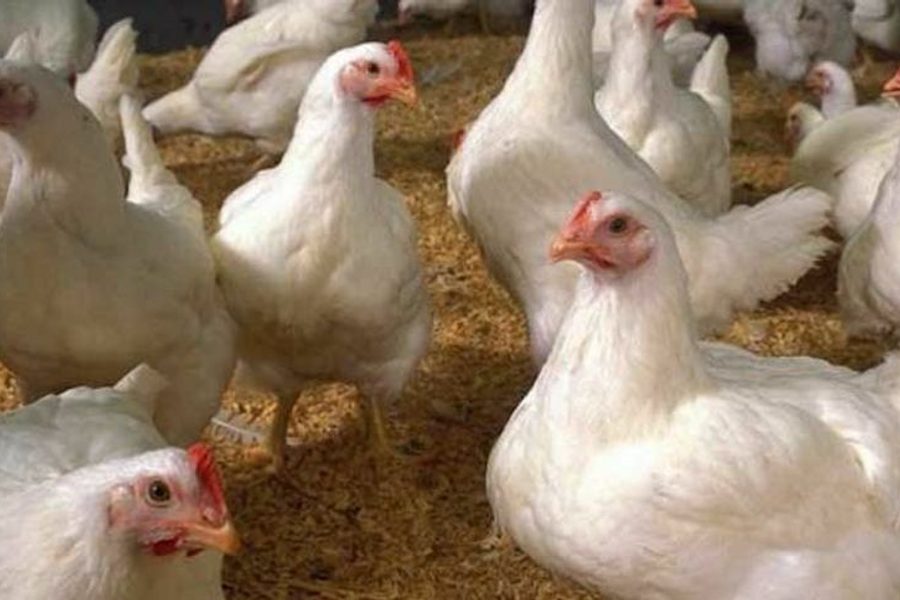
For the fourth year in a row, highly pathogenic H7 avian flu has struck birds in the United States.
A Lincoln County, Tenn., poultry farm that supplies Tyson Foods took the brunt of avian flu’s return, when 73,500 chickens had to be destroyed to prevent them from entering the food supply or spreading the virus. Another 30 farms within a 10-mile radius are under quarantine.
The USDA’s National Veterinary Services Laboratories (NVSL) is quick to caution the public that the H7 avian “bird flu” being experienced in Tennessee is of the North American wild bird linage, a virus that is genetically distinct from the China H7N9 lineage that has infected both poultry and people in Asia.
An epidemiological investigation is underway to determine the source of the current outbreak in the United States. The U.S. Department of Agriculture and the Tennessee Department of Agriculture worked together on the large bird kill and burial of chickens from the Tyson contractor’s farm.
Meanwhile, a lower pathogenic H5N8 bird flu has also been confirmed in Wisconsin.
USDA has been on the front lines of the avian flu crisis since late 2014 when the viruses first struck flocks in this country. After burning throughout 2015, the situation improved in early 2016 when the virus problem melted away with spring.
During the crisis, USDA perfected rapid testing and response to such incidents, which involves state and local officials and the industry. Surveillance and testing within the 10-mile radius of the Tennessee farm continues.
Tyson Foods officials say they do not expect the company’s poultry business to be impacted. But, the Springfield, Ark., company did see its stock take a $1.61 hit when news of the avian flu first got out. It also prompted Japan and Singapore to at least temporarily ban poultry from both Tennessee and Wisconsin, areas of the United States experiencing avian flu. Hong Kong, South Korea and Taiwan have also put a halt on U.S. poultry imports to those countries.
Governments are cautious about avian flu because such viruses in rare circumstances could cross over to become infectious for humans. It was a deadly flu pandemic during and after World War I that resulted in more deaths than the conflict itself.
The sudden return of the bird flu to the United States has again underlined the need for poultry operations to up their biosecurity game, according to both government and industry experts. USDA’s program to help is called “Defend the Flock.”
According to the World Organization for Animal Health (OIE), 13 strains of Avian flu were detected in 77 countries from January 2014 through the end of 2016. Countless birds — both wild and domestic — had to be destroyed. The United States was getting a break from bird flu, but not Asia and Europe. As more outbreaks have occurred, countries have had to make adjustments in their poultry sources.
OIE says the various strains of avian influenza mean bird flu must viewed as a global public health threat.
The U.S. Centers for Disease Control and Prevention (CDC) in January warned U.S travelers to China to avoid live poultry markets because of an outbreak of H7N9 avian influenza. China’s outbreak has racked up at least 229 human victims.
The CDC did not recommend against travel to China, but suggest not going near poultry while visiting China, mainly by staying away from poultry markets and farms. Hong Kong and Macau along with Jiangsu, Fujian and Guangdong are among the other areas of China where people have been treated for infections from the bird flu virus. There is no vaccine for H7N9.
(“USDA kills 73,500 Tyson-bound chickens because of bird flu” was originally published on foodsafetynews.com.)






